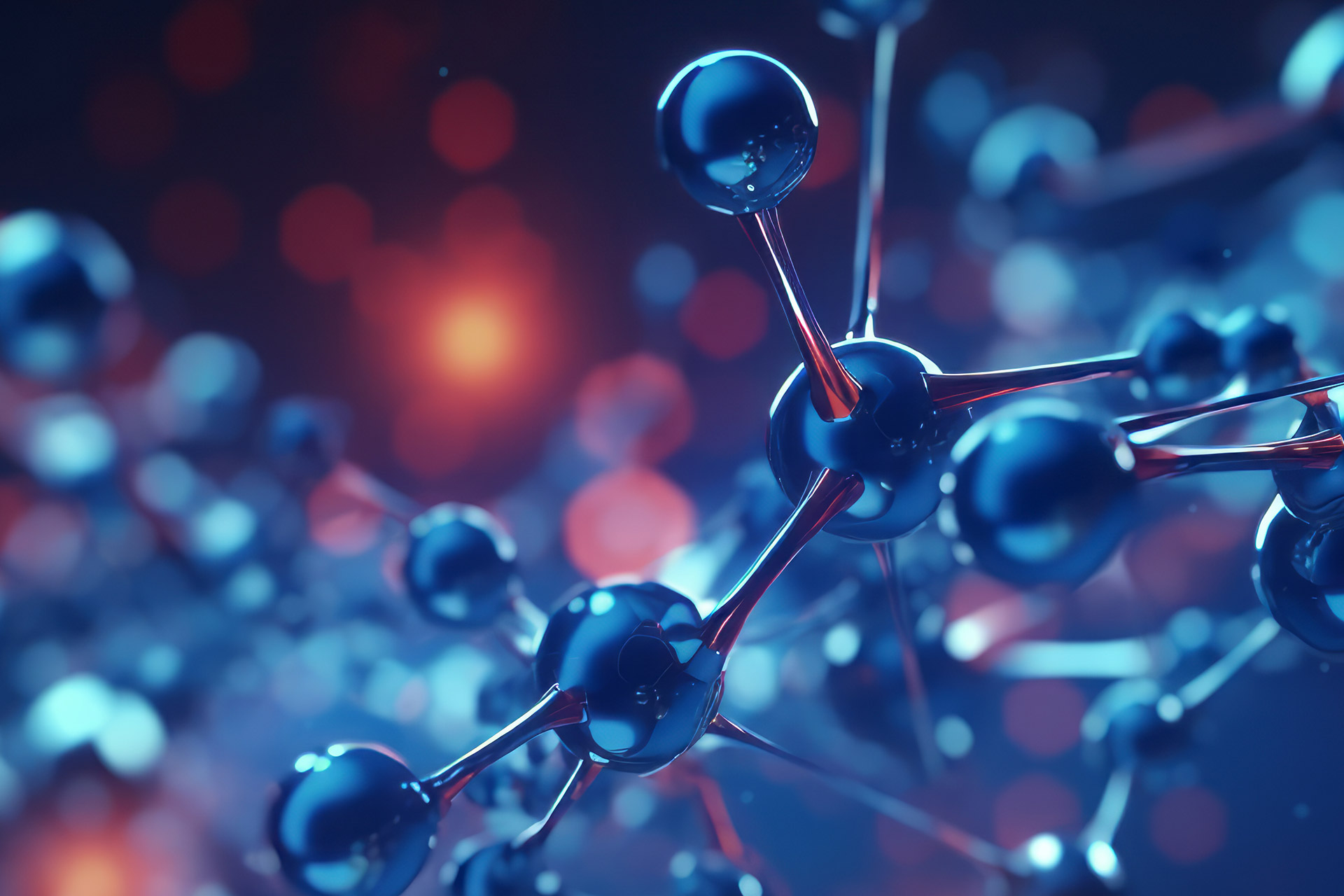
The process is simple and easy to implement, requiring no sophisticated equipment.
The process is efficient, as it allows the production of advanced nanomaterials with high quality and productivity.
The process is low cost, as cellulose nanofibers can be obtained from various lignocellulosic residues, which gives the invention a strong sustainability aspect.
The process of forming nanomaterials can be integrated into the treatment of industrial effluents, using the residual metal cations found in these effluents.
Growing concern about the depletion of fossil fuels and the need for efficient renewable energy sources motivate the search for innovative solutions. In this context, the invention presents an approach for the production of advanced nanomaterials, solving challenges associated with obtaining high-performance materials for supercapacitors and other technological applications in a sustainable, effective, simple and inexpensive manner.
The present invention consists of an innovative process for producing advanced nanomaterials from cellulose nanofibers (TCNF) as a reactive template: they are used as adsorbing agents for metal cations present in aqueous solutions. The result is the formation of nanostructured oxides suitable for applications of great technological relevance, such as catalysis for the production of H2 or the storage of electrical energy (supercapacitors).
The process is simple, sustainable, efficient and low-cost, as it uses relatively low calcination temperatures (300-600°C) and low-cost gases (air or nitrogen). In addition, the invention is applicable to the production of a wide range of nanomaterials, including transition metal oxides such as spinels, ferrites and alkaline earth metal oxides.
Cellulose nanofibres are functionalized with carboxylate groups, which have an affinity for metal cations present in aqueous solutions. These metal cations are then adsorbed onto the surface of the nanofibers.
Once the metals have been adsorbed, the TCNFs are vacuum filtered, dried and subsequently subjected to heat treatment. In the calcination stage, the nanofibers are heated in an oxidizing or inert atmosphere, which promotes the formation of metal oxides on the surface of the nanofibers.
Patent title:
Synthesis of nanomaterials from cellulose nanofibers
Deposit Number:
BR 11 2023 000009 8
Pontifical Catholic University of Rio de Janeiro – PUC-Rio
Rua Marquês de São Vicente, 225, Gávea
Rio de Janeiro, RJ – Brasil
Zip code: 22451-900
Postal box: 38097
Phone:
+55 (21) 3527-2155